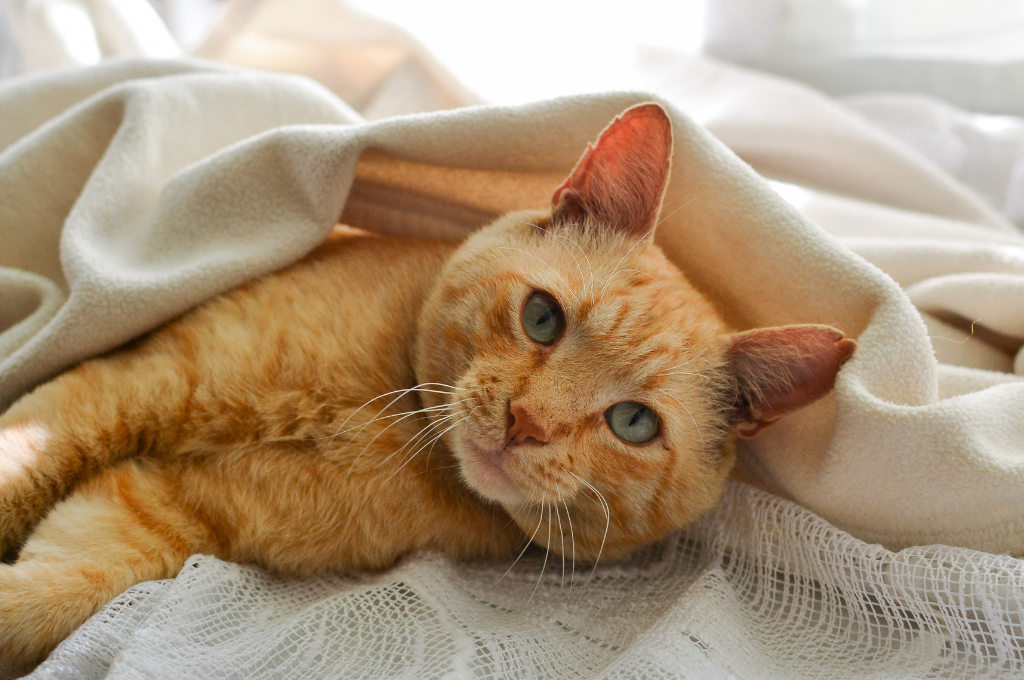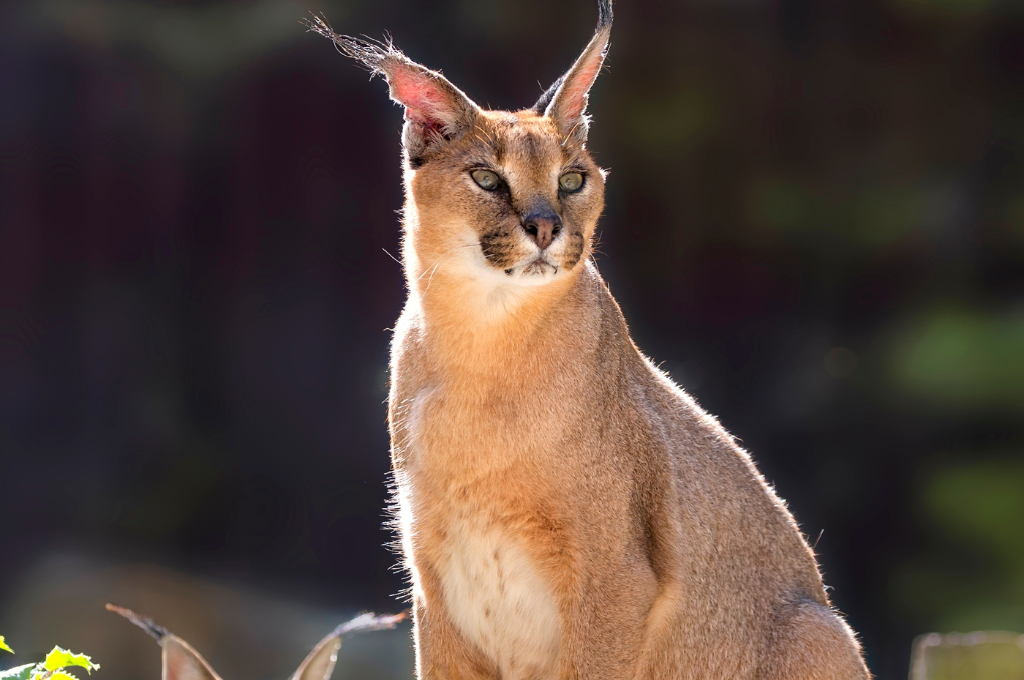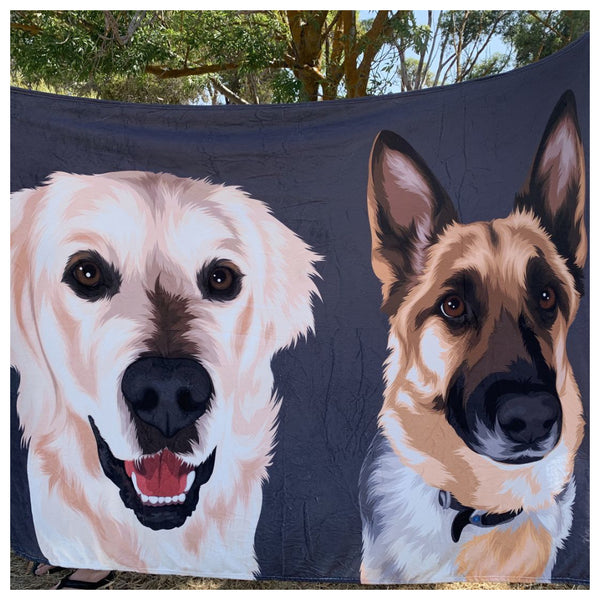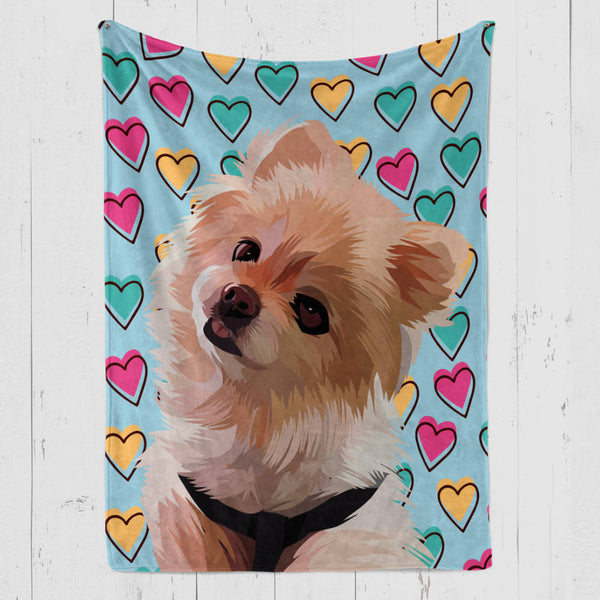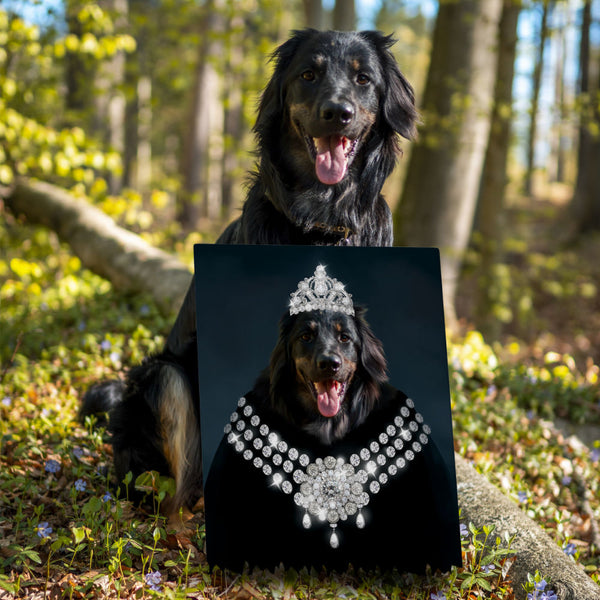
Dog fighting is a cruel animal blood sport whose origin traces back to Medieval Europe. Fighting dog breeds are used in dog fighting, which is illegal in many countries. However, there are still some places where it is prevalent.
Fighter dogs must stay on a strict diet and exercise regularly to fight and win rewards. In this blog, some breeds were just fit to fight, while others were primarily bred for this purpose.
Top 10 Fighter Dog Breeds from All Around the World
Here are the top 10 breeds of fighter dogs in this list. While you may be familiar with some of the names, others might surprise you.
1. Akita Inu

Topping the list is our Akita Inu, who is a spitz breed dog. They have their origin in Japan and are very strong. They are not very friendly to strangers. Hence, socialization from a young age helps. However, they are loving and protective towards their family and territory.
- Group: Working
- Height: 24 to 28 inches
- Weight: 70 to 130 pounds
- Energy Level: High
- Physical Characteristics: Sturdy stature, curled up tail over the back, triangular ears, dense coat, thick neck, etc.
- Lifespan: 10 to 12 years
- Color: White, Red Fawn, Sesame, Brindle
- Shedding: Heavy
- Bark: Only when necessary
2. American Pitbull Terrier

The American Pitbull Terrier, who famously goes by Pitbull, is often misunderstood as a ferocious dog. They are actually very affectionate and love to be around children and families. They are also known to be “nanny dogs” as they’re very reliable to keep watch over kids.
- Group: Terrier
- Height: 17 to 21 inches
- Weight: 30 to 60 pounds
- Energy Level: Moderate
- Physical Characteristics: Lean and muscled body, deep muzzle, cropped or natural ears, wide head, etc.
- Lifespan: 8 to 15 years
- Color: Black, Red, Fawn, Brown, White, Brindle, Tan, Gray, Blue
- Shedding: Minimal except in Spring
- Bark: Moderate
3. Bully Kutta

Bully Kutta, who is also known as Indian Mastiff or Pakistani Mastiff dog, was not bred to be a fighting dog. They were working dogs who used to protect and work alongside their families. They are strong and need regular exercise and positive reinforcement to be on their best behavior.
- Group: NA
- Height: 30 to 24 inches
- Weight: 150 to 200 pounds
- Energy Level: Moderate
- Physical Characteristics: Thickly boned, muscled, cropped ears, wide shoulders, short coat, etc.
- Lifespan: 8 to 10 years
- Color: Black, Brindle, White, Fawn, Red, Harlequin
- Shedding: Minimal
- Bark: High to Moderate
4. American Staffordshire Terrier

American Staffordshire Terrier shares many similarities with pit bull terriers, but the former is shorter in size. The only thing that you need to be aware of is that they tend to be aggressive towards other male dogs. However, training with proper socialization from a young age can prevent this tendency. Also, they are not a big fan of cats. However, if you raise them with other animals together, they will bond like they are in a “pack.”
- Group: Terrier
- Height: 17 to 19 inches
- Weight: 40 to 70 pounds
- Energy Level: Moderate
- Physical Characteristics: Well-defined jaw, broad head, round eyes set wide apart, full cheeks, erect ears, etc.
- Lifespan: 12 to 16 years
- Color: Black, Brindle, White, Blue, Brown, Sable, Fawn
- Shedding: Twice heavy shedding yearly
- Bark: Average
5. Bullmastiff

Bull Mastiff or English Mastiff is a large breed and is pretty effective at dog fighting. Despite their appearance, they actually have a sweet demeanor. They were bred in England to help gamekeepers in catching poachers. They are protective and territorial and protective and very good with children.
- Group: Working
- Height: 24 to 27 inches
- Weight: 100 to 130 pounds
- Energy Level: High
- Physical Characteristics: Large, thick, and square body, short coat, broad head, short ears hanging by the side of the head, wide muzzle, etc.
- Lifespan: 7 to 9 years
- Color: Red, Fawn, Brindle
- Shedding: Moderate
- Bark: Minimal
6.Japanese Tosa

The Japanese Tosa is an authentic Japanese breed dog that is now banned in countries like Norway, Turkey, the United Kingdom, New Zealand, and Denmark. This breed also comes under The Dangerous Dog Act in Trinidad, Tobago, and the UK. Many insurance companies do not insure a property or owner if there is a Tosa.
- Group: Foundation Stock Service Program
- Height: 21 to 23 inches
- Weight: 100 to 200 pounds
- Energy Level: Moderate
- Physical Characteristics: Short coat, broad head, thick neck, muscular body, droopy ears, wide muzzle, black patches nearing eyes, etc.
- Lifespan: 10 to 12 years
- Color: Black, Fawn, Brindle, Red
- Shedding: Moderate
- Bark: Moderate
7. Fila Brasileiro

Fila Brasileiro, who also goes by Brazilian Mastiff, is widely popular as a hunting and guard dog. The breed is known for its aggressive temperament and large and sturdy stature. Originating from Brazil, this breed is equally effective in dog fighting and protecting what is theirs.
- Group: Hound
- Height: 23 to 30 inches
- Weight: 90 to 180 pounds
- Energy Level: Medium
- Physical Characteristics: Long pointed tail, wide head, deep chest, short coat, triangular ears, etc.
- Lifespan: 9 to 11 years
- Color: Black, Red, Brindle, Yellow
- Shedding: Moderate
- Bark: Moderate
8. Shar-Pei

The features of Shar-Pei, such as its wrinkly skin and minuscule ears, make you go "aww" rather than identifying it as a fighting dog. This breed is typically a one-man dog, and with proper training and socialization, they can be delightful to be around. However, they are very protective and not welcoming towards strangers. Proper grooming and positive reinforcement can diminish their aggressive temperament.
- Group: Non-Sporting Group
- Height: 17 to 20 inches
- Weight: 35 to 44 pounds
- Energy Level: Low
- Physical Characteristics: Broad muzzle, blue-back tongue, sunken eyes, short triangular ears, curled up tapered tail, loose skin around head, neck and shoulders, etc.
- Lifespan: 9 to 11 years
- Color: Black, Fawn, Lilac, Cream, Red, Sand
- Shedding: Heavy shedding twice a year
- Bark: Minimal
9. Tibetan Mastiff

The appearance of a Tibetan Mastiff can be rather intimidating not because of any sharp features but because of their extensively bushy coat accompanied by their large size. The breed originates from China and accompanies shepherds to guard livestock and fight off wolves and bears.
This breed is comparatively more intelligent than the other breeds discussed in this blog. However, like other dogs, they will also require positive reinforcement and companionship to be on their best behavior.
- Group: Working Group
- Height: 24 to 26 inches
- Weight: 70 to 150 pounds
- Energy Level: High
- Physical Characteristics: Heavy woolly coat, massive stature, lion-like mane, etc.
- Lifespan: 12 to 15 years
- Color: Black, Brown, Red-Gold, Black-Tan, Blue-Gray, Brown-Tan
- Shedding: Heavy shedding once a year
- Bark: Usually quiet inside the house
10. Cane Corso

Cane Corso is the last fighting dog breed on the list and one of the largest and most intimidating breeds. This breed is also known as the Italian Mastiff and has been used to accompany Roman soldiers. They are used in Military and police departments due to their strong instinct and sturdy features.
- Group: Miscellaneous Class
- Height: 23.5 to 27.5 inches
- Weight: 85 to 110 pounds
- Energy Level: High
- Physical Characteristics: Wide head, rippling muscle, short coat, giant appearance, wide muzzle, erect ears, etc.
- Lifespan: 10 to 12 years
- Color: Black, Red, Gray, Fawn, Black-Brindle, Chestnut-Brindle
- Shedding: Low to Moderate
- Bark: Minimal
Summing Up
It is disheartening to see that this barbaric sport, dog fighting, still thrives in some countries in the 21st Century. Also, most of the breeds you can see are not fit for such sport; instead, they are used for their strength, sturdy features, and stereotypical aggressive temperament. These fighting dog breeds can be well-behaved and great family dogs or pets with the right training and socialization if they are not trained for such cruel purposes.
Frequently Asked Questions
Which dog breeds are the most laidback?
Bernese Mountain Dogs, Bulldogs, Bullmastiffs, Chinese Crested Dogs, Chihuahuas, French Bulldogs, and Clumber Spaniels are some of the most laidback dog breeds.
Which dogs can kill lions?
Boerboel, Rottweilers, Fila Brasileiros, Wolf Dogs, Rhodesian Ridgebacks, Bloodhounds, Neapolitan mastiffs, and Dogo Argentinos are some hunting dogs that can kill lions.
What dog can beat a pit bull in a fight?
Among all the hunting dogs, Rottweilers are most likely to beat a Pitbull in a fight.
What are the most difficult dog breeds to own?
Rottweilers, Beagles, Chinese Shar-Peis, Siberian Huskies, Basset Hounds, and Afghan Hounds are the most difficult to own as they are difficult to train.
Which dog breed is the calmest?
A dog’s temperament mostly depends on its training. However, the calmest dog breeds are Golden Retrievers, Newfoundland, French Bulldog, Cocker Spaniel, English Bulldog, Basset Hound, and Boerboel.
Is dog fighting legal anywhere in the world?
Most countries have banned dog fighting all over the world. However, some countries such as Honduras, Japan, Russia, and Albania still have not illegalized this barbaric act.
Are all fight dogs aggressive?
Most fight dogs are not exactly aggressive but protective, territorial and not friendly towards strangers. This behavior can be corrected with proper training, assertive comments and socialization.
Do fighting dog breeds have inherent behavioral issues?
Behavioral issues can be either inherent or environmental. While some dogs may have a genetic tendency, this behavior is influenced by past experiences and training.
Which breeds are commonly associated with dog fighting?
American Staffordshire Terriers, American Pit Bull Terriers, American Bulldogs, and Staffordshire Terriers are commonly associated with dog fighting.
Are fighting dog breeds suitable as family pets?
Fighting dog breeds can make wonderful family pets if they are trained and socialized properly.
Can fight dog breeds be rehabilitated if they have a history of fighting?
Rehabilitation of fight dogs can be difficult because they have mostly been trained to be aggressive. However, it is not impossible.
Are there any positive traits associated with fighting dog breeds?
Fighting dog breeds are strong, protective, and loyal and can make a great pet. A lot of them also go along well with children.
Why were fighting dog breeds originally chosen for dog fighting?
Fighting dog breeds were not chosen but bred from other breeds with particular traits that people found suitable to be fighting dogs or whatever agenda they had for them in mind.
What responsibilities come with owning fighting dog breeds?
Owning a strong breed such as a fighting dog breed, you must train and socialize them properly to be a family or a pet dog. You will also have to handle a lot of people's judgments and show them the contrary. Fighting dogs can be sweet pets, but they are also protective of their owners. Hence, you need to establish the perfect balance between dominance and companionship.





